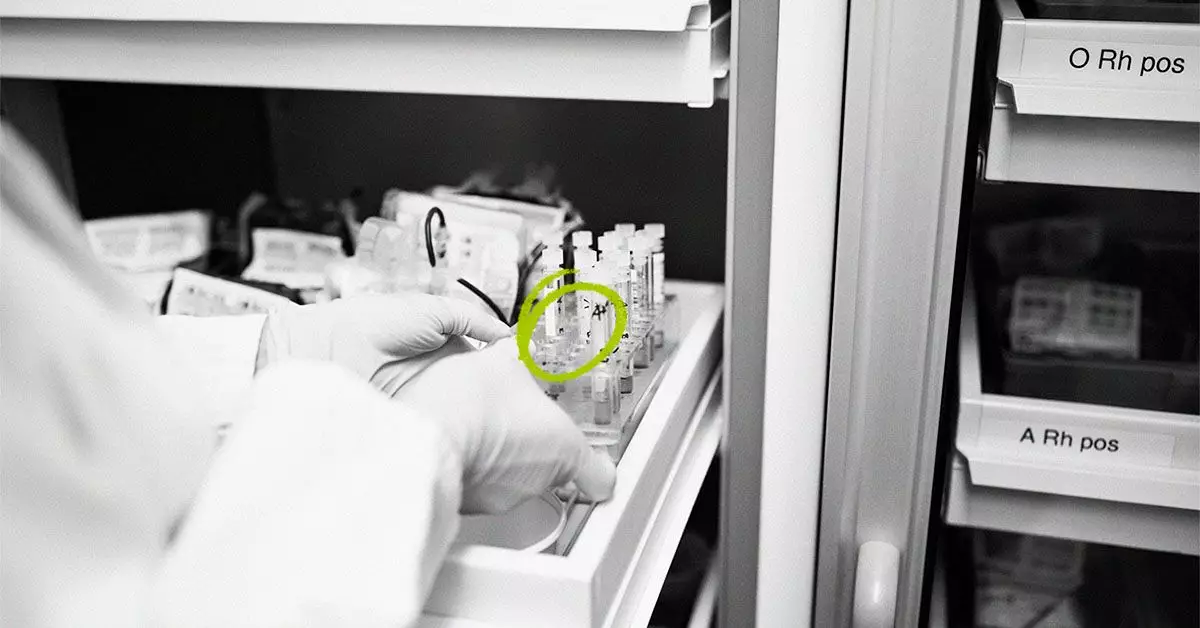Leukemia, a malignant disorder of the blood and bone marrow, comes in various forms and makes a profound impact on the lives it touches. The prognosis of leukemia is not a one-size-fits-all, as it varies remarkably based on the specific type of leukemia, patient age, health status, and treatment options available. The four primary types—Acute Lymphoblastic Leukemia (ALL), Chronic Lymphocytic Leukemia (CLL), Acute Myeloid Leukemia (AML), and Chronic Myeloid Leukemia (CML)—each have different characteristics and survival statistics that reveal the complexities of this disease.
For instance, ALL has a higher prevalence among young children, notably those under five years, but it resurges in adults over 50. The 5-year relative survival rate (RSR) for ALL recorded by the National Cancer Institute (NCI) from 2015 to 2021 is 72.6%, a number that can inspire hope in parents of diagnosed children. In contrast, CLL predominantly affects older adults, around the age of 70, with an impressive 5-year RSR of 89.3%. The stark difference in survival rates epitomizes the variability within leukemia types, prompting the importance of tailored treatment approaches.
The Weight of Age: Examining Statistical Insights
Statistical findings provide valuable insights into the disease’s impact based on age and type. Acute Myeloid Leukemia, which primarily affects individuals over 45, has a dire 5-year RSR of only 32.9%, illustrating the aggressive nature of this variant. Comparatively, CML is often found in equitable odds, newly diagnosed individuals face a 5-year RSR of 70.4%. Dissecting these statistics unveils a critical need for increased awareness and rigorous screening, especially among vulnerable age groups.
It’s worth noting that while overall survival rates serve as an essential tool for assessing treatment efficacy, they can obscure the individual journey of each patient. Factors such as health history, response to previous treatments, and overall physical condition can greatly influence an individual’s prognosis. Therefore, it’s crucial for patients and families to engage in discussions with healthcare professionals to understand the nuances behind the numbers.
Understanding Treatment Modalities and Their Impact
When discussing treatment, it is essential to recognize that early intervention can drastically improve outcomes. A large percentage of patients diagnosed with ALL—between 80% and 90%—may achieve complete remission with appropriate treatment. However, the road to recovery is not without obstacles. Despite the potential for remission, approximately 40% to 50% of those treated may relapse, emphasizing the need for ongoing monitoring and comprehensive follow-up care.
On the other hand, patients with CLL often find themselves in a complicated scenario where “watchful waiting” becomes routine. Many live for years without immediate intervention, but the wait can come with anxiety and uncertainty. At some point, however, most will require treatment, highlighting the necessity of personalization in care strategies.
Acute forms of leukemia, particularly AML, present a more urgent call to action. Research shows that untreated acute leukemia patients can expect a median survival of merely 17 weeks. This rapid deterioration underscores the critical nature of immediate diagnosis and intervention, allowing us to highlight the lifesaving potential of timely medical responses.
The Chronic Journey: Challenges and Lifelong Management
Chronic forms of leukemia, such as CLL and CML, challenge patients with a different narrative, often unfolding over years rather than months. The chronic phase of CML may see patients remain asymptomatic, yet requiring sustained vigilance as they may transition into more severe phases that demand immediate action. Knowledge of these phases—chronic, accelerated, and blast—gives patients and healthcare providers vital milestones to utilize for effective management and intervention.
The emotional and psychological toll of managing chronic leukemia cannot be overlooked. Patients often navigate fear and uncertainty, with the pressure of ongoing treatment and monitoring. The conversations surrounding leukemia should extend beyond clinical definitions and statistical survival rates, embracing the psychological impact and support systems needed for those affected.
Advancing the Dialogue: A Call for Awareness and Early Action
While the discussion around leukemia often centers on survival rates and treatment protocols, it is imperative to foster a broader dialogue. Increasing awareness about the types of leukemia, associated risks, symptoms, and the importance of early detection could save countless lives. Many individuals may overlook early signs, as generalized symptoms can lead to misunderstandings or misdiagnoses.
It is vital for both healthcare providers and communities to encourage individuals to seek medical attention if experiencing concerning symptoms. An informed population is instrumental in combating leukemia effectively. Education can empower individuals to advocate for themselves or loved ones, ensuring they receive appropriate care in a timely manner.
While survival statistics provide a wealth of information, they are just the beginning. Understanding the complexity of leukemia and approaching treatment holistically can greatly impact patient outcomes and quality of life. Let’s champion not only the science behind leukemia but also the compassionate care that surrounds it, as we navigate this challenging yet essential discourse.

